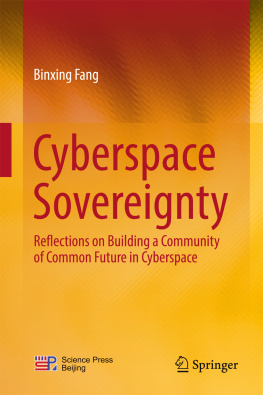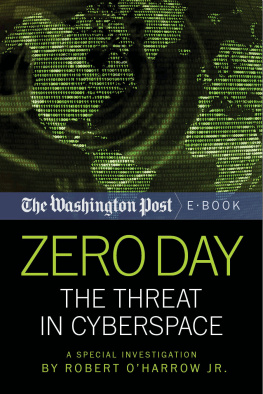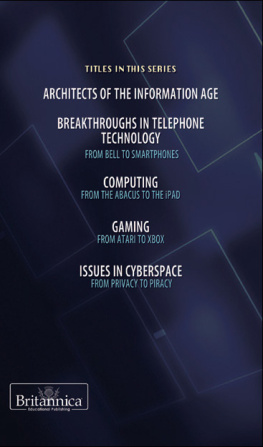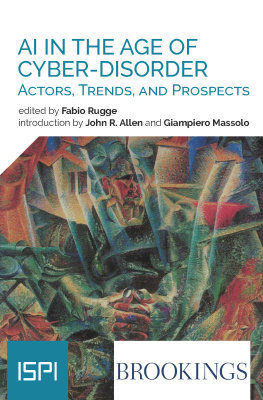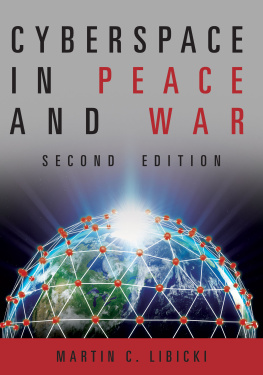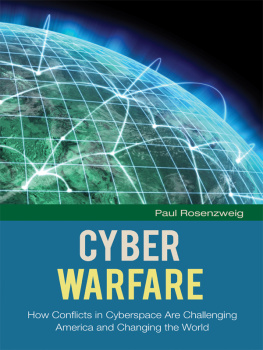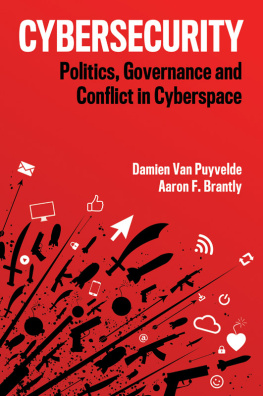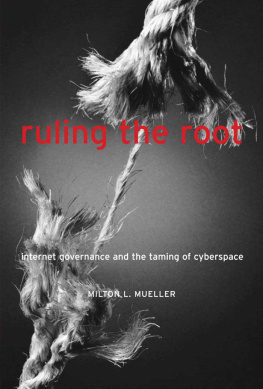1. The Definitions of Fundamental Concepts
To study cyberspace sovereignty, the concept of cyber space must be clarified; and thus, the notation and denotation of the term cyber must be made explicit.
Actually, the term cyber, when not particularly referring to cyber space, sometimes can be simply defined as the network. That is, merely the part of technical system is emphasized, so as to focus on the infrastructure. Moreover, the definition of cyber space changes along with time.
Daniel T. Kuehl listed the following evolution
Greece: kybernetes (the steersman) or cybernetics, the study of control processes, which was the basis for Tom Ronas concept (1976) of information warfare.
William Gibson, Neuromancer (1984): a consensual hallucination.
The above definitions are substantially the literal meaning of the word cyber, strengthening its meaning controlling and reactive as a root word.
Edward Waltz, Information Warfare: Principles and Operations (1998): The cyberspace dimension refers to the middle layerthe information infrastructureof the three realms of the information warfare battlespace. These three realms are the physical (facilities, nodes), the information infrastructure, and the perceptual.
Dorothy Denning, Information Warfare and Security (1999): The information space consisting of the sum total of all computer networks.
New world Encyclopaedia: Cyberspace is a global domain within the information environment consisting of the interdependent network of information technology infrastructures (ITI) including the Internet, telecommunication networks, computer systems, and embedded processors and controllers.
In these definitions, cyberspace concentrates on the cyber itself, stressing on the components of cyber.
Winn Schwartau, Information Warfare: Chaos on the Electronic Superhighway (2nd ed., 1996): [National] cyberspaces are distinct entities, with clearly defined electronic borders Small-C cyberspaces consist of personal, corporate or organizational spaces Big-C cyberspace is the National Information Infrastructure add [both] and then tie it all up with threads of connectivity and you have all of cyberspace.
Merriam Webster Third New International Dictionary(2002): The on-line world of computer networks.
Oxford English Dictionary (2014): The notional environment in which communication over computer networks occurs.
National Military Strategy for Cyberspace Operations(2006): A domain characterized by the use of electronics and the electromagnetic spectrum to store, modify and exchange information via networked systems and physical infrastructures.
In these definitions, cyber space also focuses on the cyber itself, while strengthening the capability of cyber for information transmission.
Winn Schwartau, Information Warfare: Chaos on the Electronic Superhighway (1994): That intangible place between computers where information momentarily exists on its route from one end of the global network to the other the ethereal reality, an infinity of electrons speeding down copper or glass fibers at the speed of light Cyberspace is borderless [but also] think of cyberspace as being divided into groups of local or regional cyberspace - hundreds and millions of smaller cyberspaces all over the world.
Space is emphasized in these definitions of cyber space. That is, the subject of activities in cyberspace (individual, company or organization) is highlighted.
Google: The electronic medium of computer networks, in which online communication takes place a metaphor for the non-physical terrain created by computer systems the impression of space and community formed by computers, computer networks, and their users the place where a telephone conversation appears to occur the place between the phones.
These definitions give a complete expression of cyberspace, covering the characteristics of both cyber and space. The characteristics of cyber relate to the components of cyber (electronic medium) and the capability of cyber (online communication); and the characteristics of space relate to people (user) and the space of their activities (place for conversations).
The above-listed definitions merely include cyber and the function and the subject of activities thereof, and fail to explicitly mention human activities. However, activity is the most important attribute for space. This problem is soon solved. For example, the work Cyberspace: Definition and Implications provides a definition of cyber space as follows: cyberspace is a time-dependent set of interconnected information systems and the human users that interact with these systems. This definition emphasizes human interactive activities.
Some say that merely discussing cyber infrastructure is just as merely caring about the human body below the neck, which falls within the cyber focusing on the technical level; the discussion on human activities is like the discussion on the human body above the neck, which falls within the space focusing on the social level; only when the above two aspects are both included in the discussion, the term cyberspace is truly in discussion. Therefore, only if the definitions of cyber and space are made clear, cyberspace can be studied further.
1.1 Basic Definition of Cyber
Generally, cyber is deemed as an inter-connecting system consisting of nodes and connected edges for displaying a plurality of objects and the interconnection there between. The cyber is a model abstracting problems of the same category from the reality, and studying these problems using mathematic methods based on graphic theory. It is denoted as a directed (or undirected) weighted graph consisting of a vertex and arcs (or edges), which is widely used for optimization in the fields of engineering technology and scientific production management and the like. Nodes in the cyber may represent people, objects, places, etc. in the real world. Thus, with people as the nodes, human relation network, information network, social network and the like are formed; with objects as the nodes, biological network, neural network, genetic network, etc. are formed; and with places as the nodes, urban network, transportation network and water supply network are formed.
Cyber according to the loads can be divided into information network and non-information network. Information network refers to information communication technology networks with information communication technical system as the carrier and electromagnetic information as the load, such as telecommunication networks, computer networks, broadcast and television networks, and so on. Non-information network may be a communication system existing in a physical space, which is featured by physical existence and intercommunication, such as road network, waterway network and the like. Non-information network may otherwise mean conceptive correlation. This is an intangible connection, such as human relation network (social network in a physical society) and so on. The cyberspace sovereignty discussed in this book is sovereignty over the information network. Thus, this book only concerns the information network.
In the reality, information network can be generalized into the following abstract concept: a system connecting each isolated end node (producer and consumer of information) via connecting edges (physical or virtual links) realize transit between each end node via switching nodes, thereby realizing exchange of load between the end nodes. Thus, cyber contains four fundamental elements: end node, switching node, connecting edge, and load. The end node is the node for receiving and sending the load. The switching node is the node for transiting the load, which enables interconnection among several end nodes. The connecting edge is the link between end nodes and switching nodes, used for carrying and transmitting the load. The load refers to signal, data, information and the like, such as electromagnetic signal, quantum signal, network data, platform information, etc.

